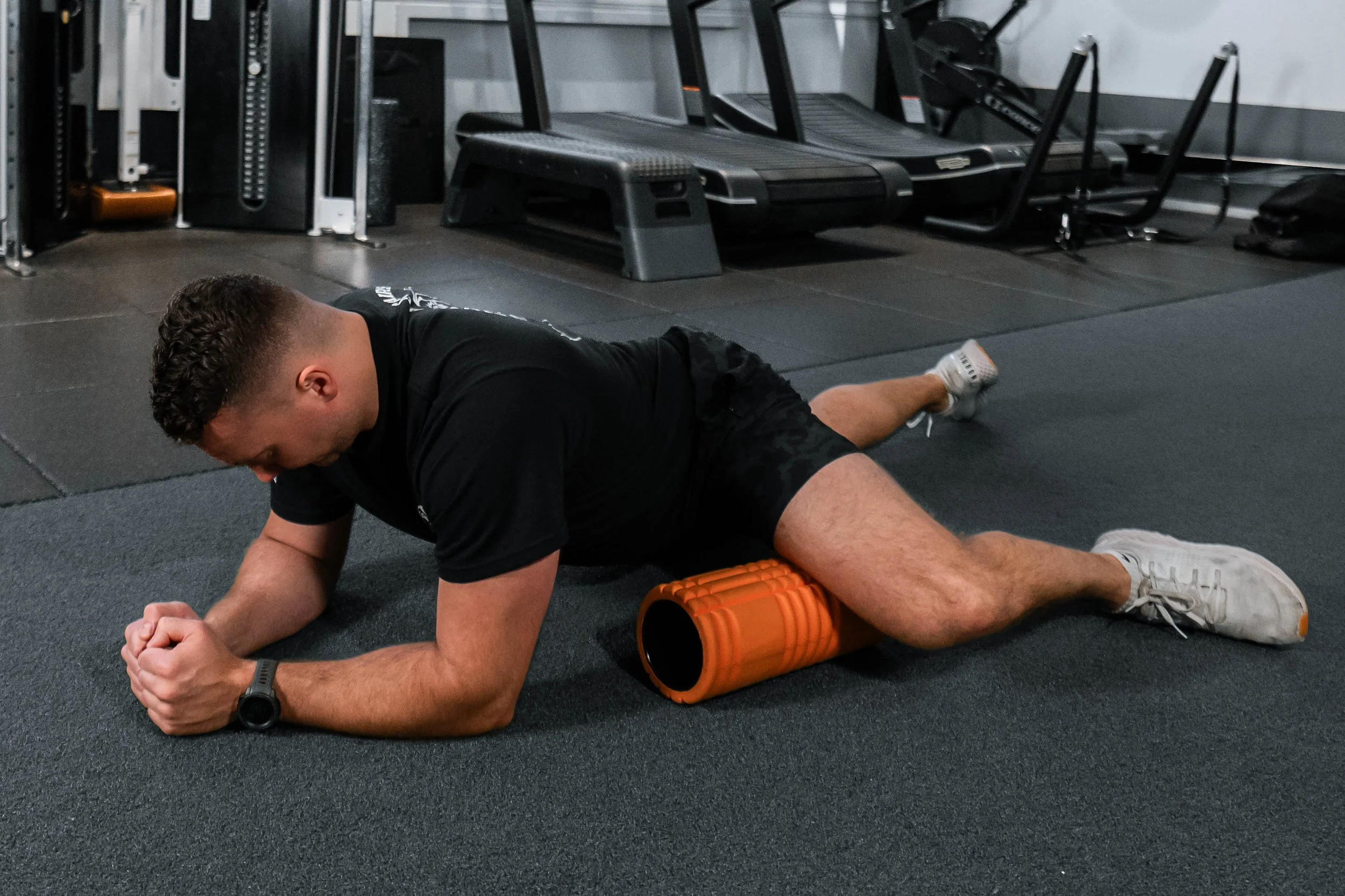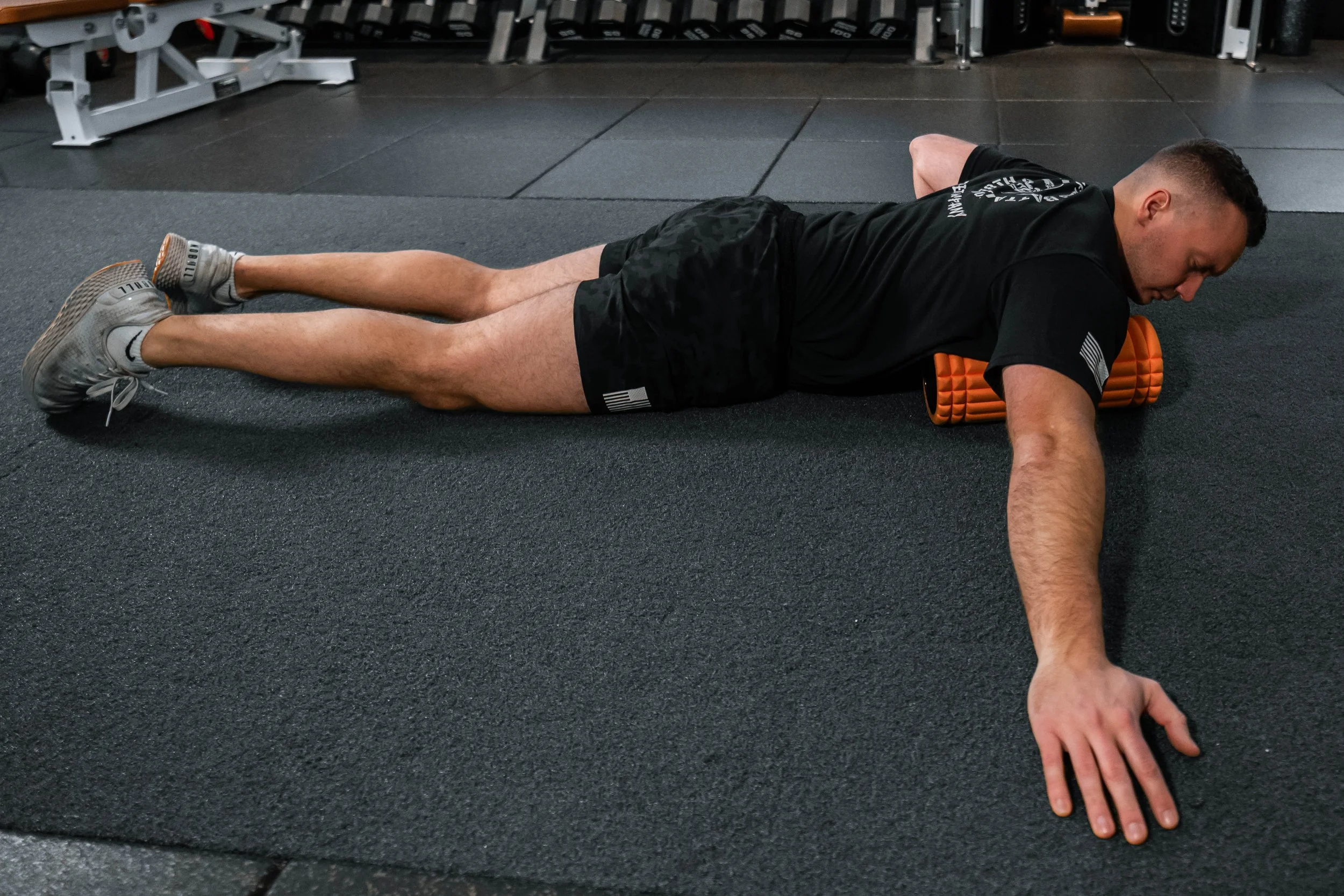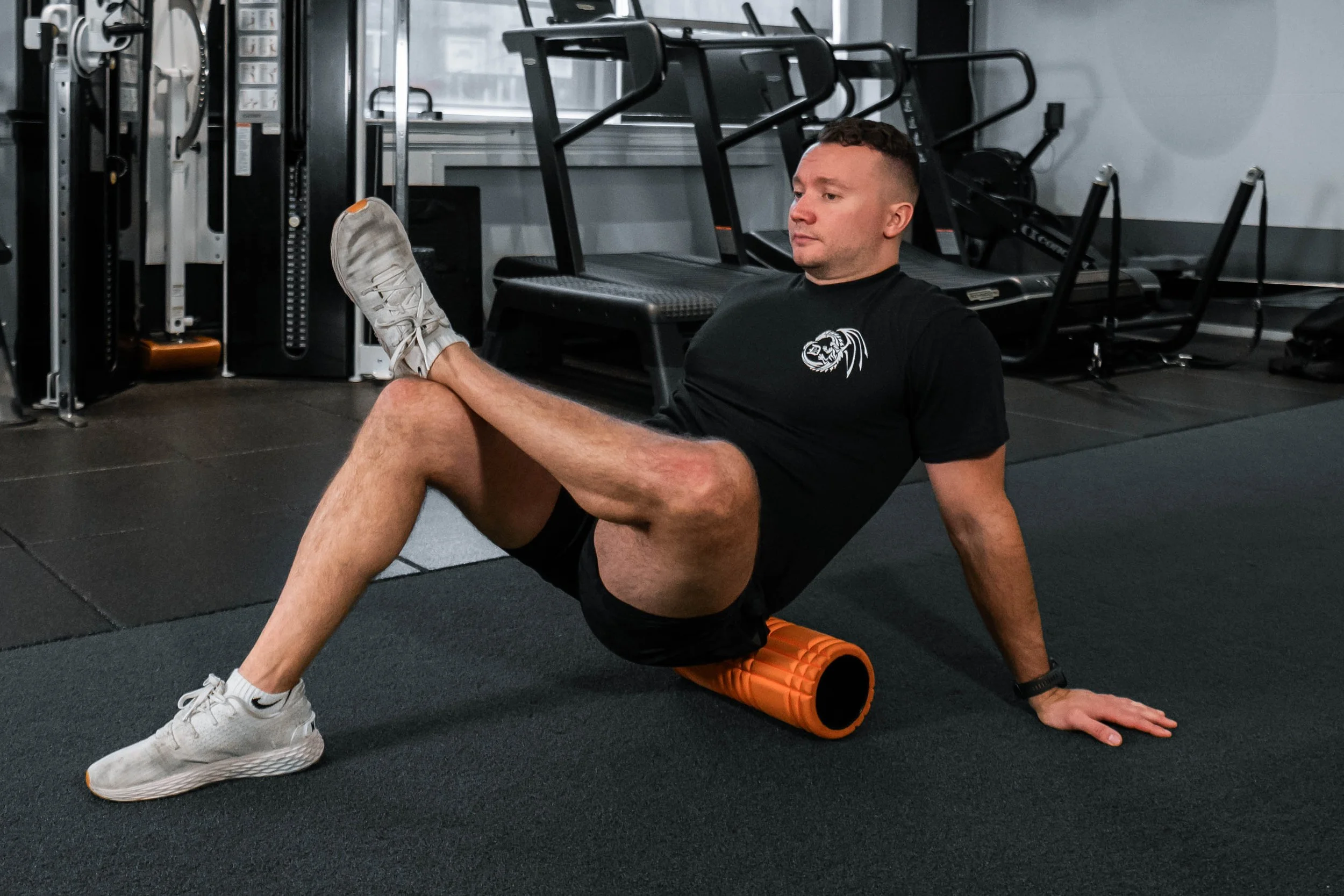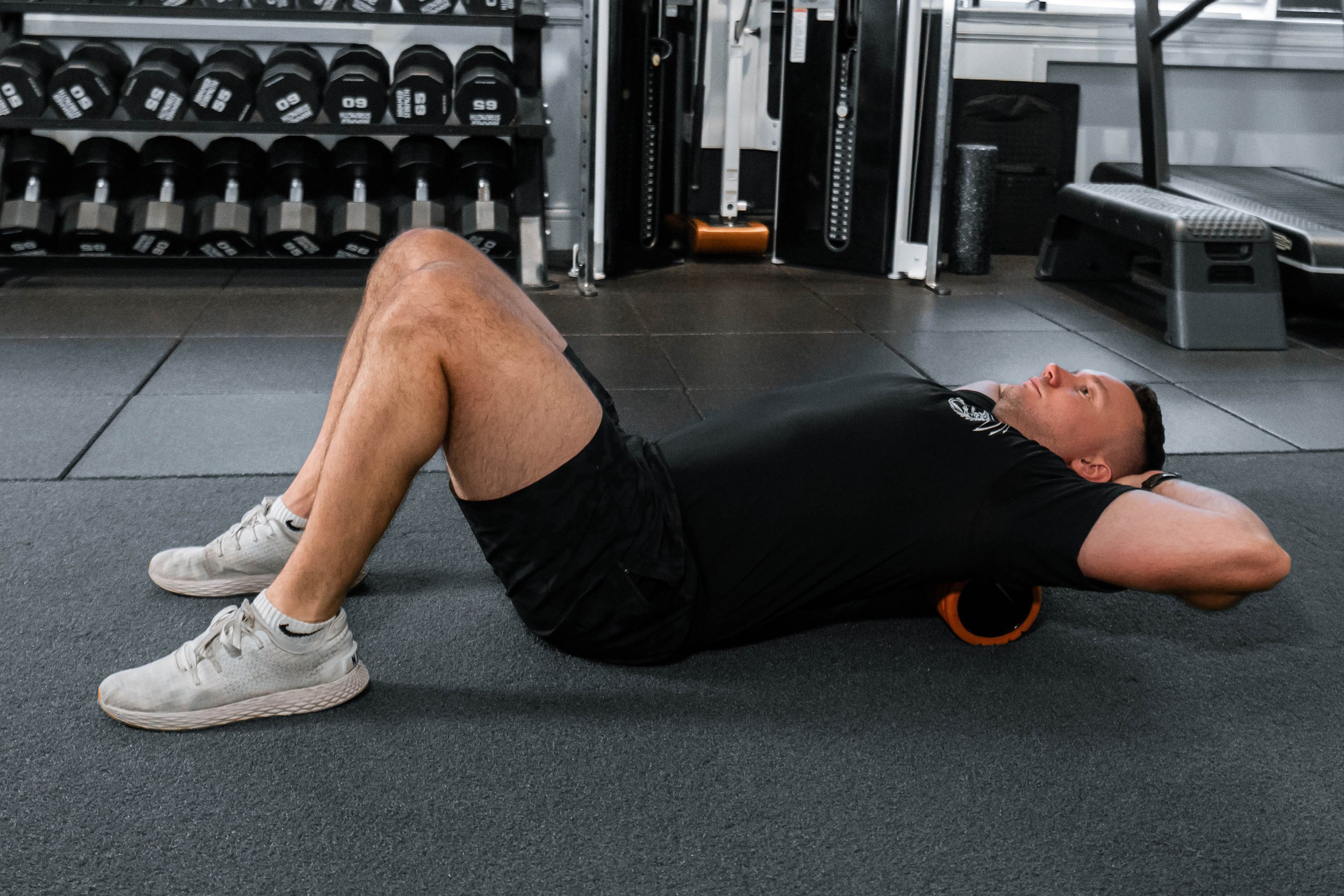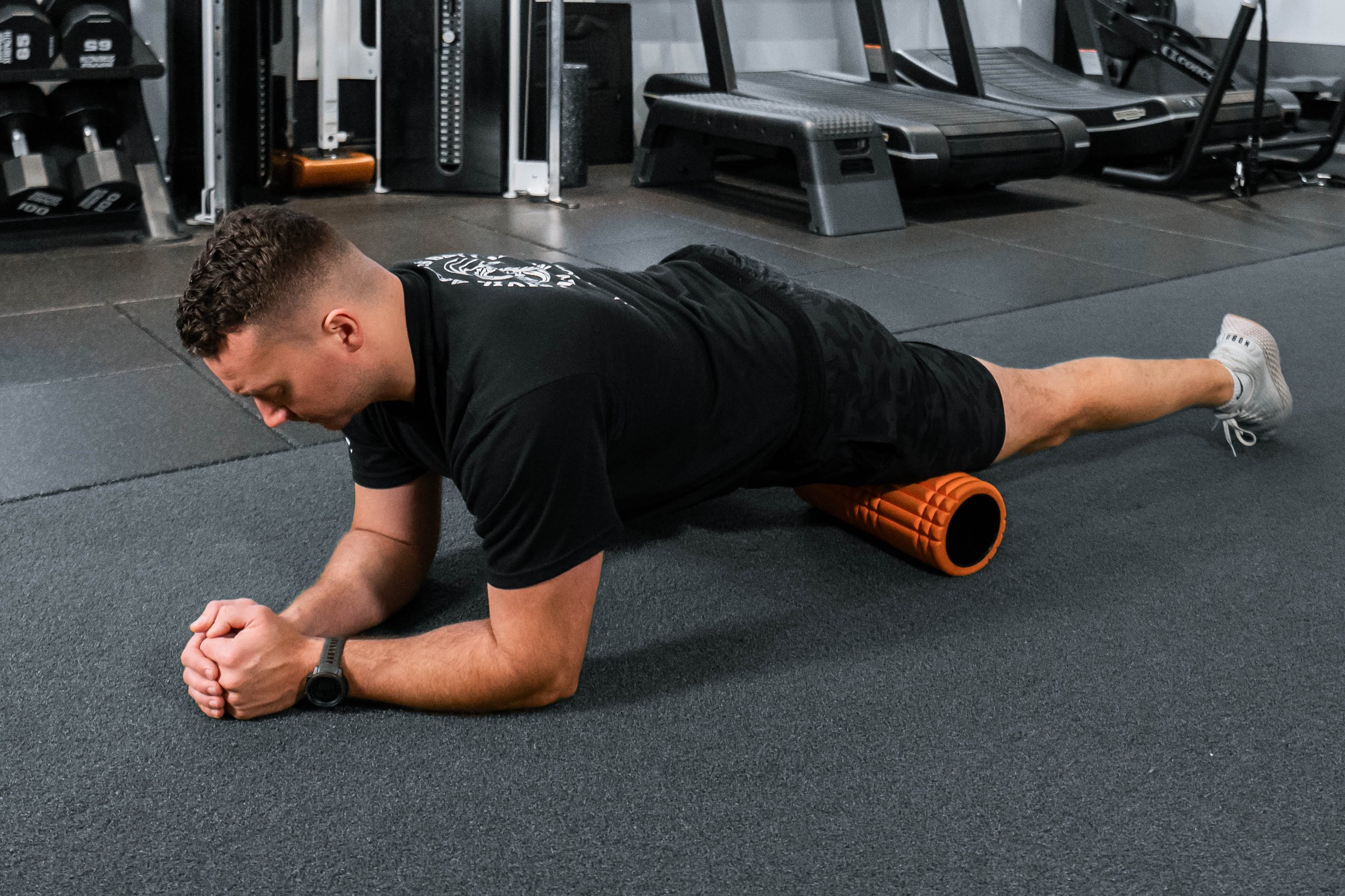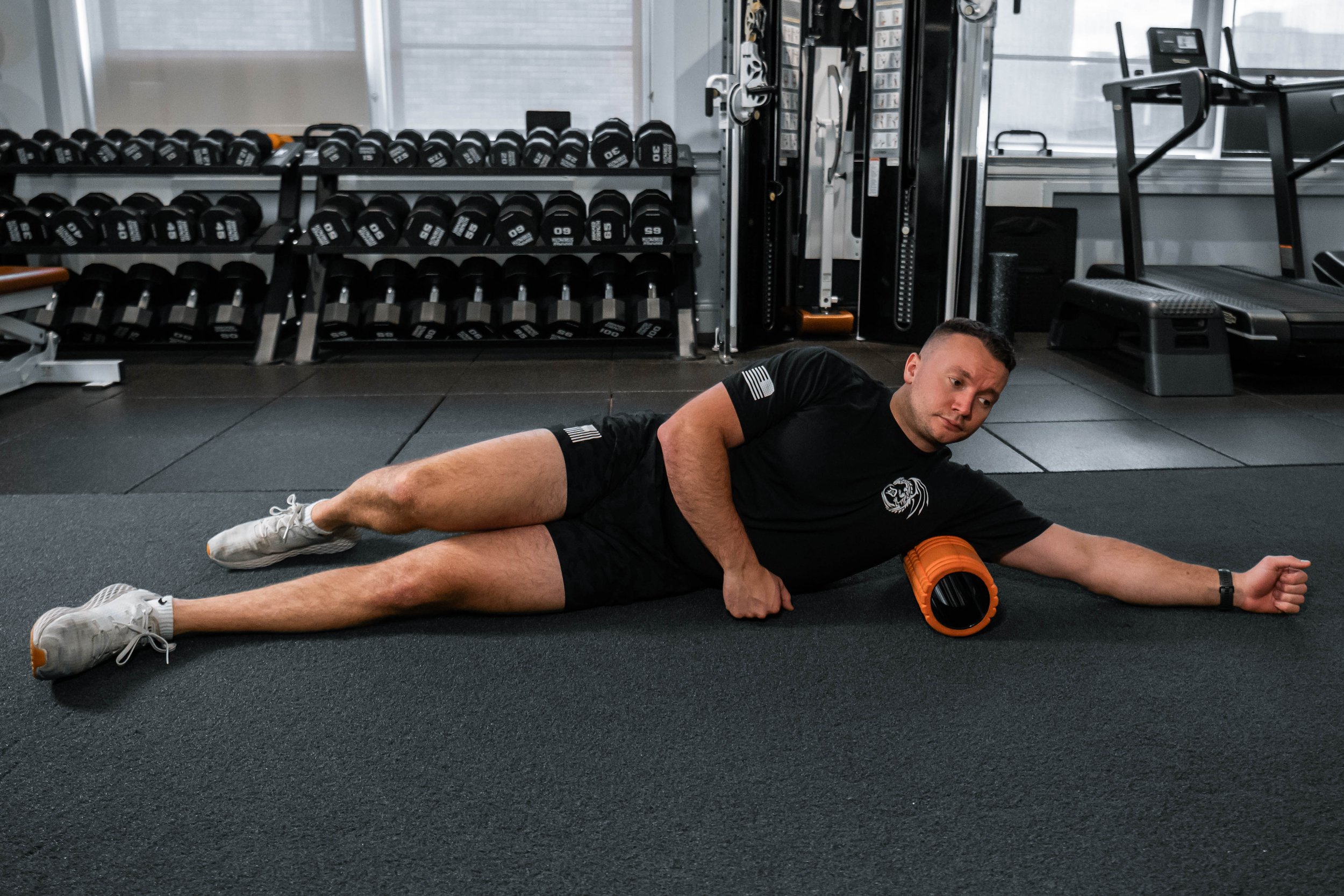
SELF-MYOFASICIAL RELEASE
Self myofascial release (SMR) or myofascial release is considered one of the five methods of stretching and is a self-massage designed to target and release tension in the fascia – the connective tissue that surrounds our muscles. Over time, due to various factors like stress, overuse, or improper movement patterns, our muscles can develop knots and trigger points, causing discomfort, restricted range of motion, and even increased risk of injury.
Foam rolling is the most common modality used with SMR. Other modalities include lacrosse balls, pvc pipes, percussive massagers to name a few.
Self-myofascial release not only relieves muscle tension but also enhances your overall performance during workouts. When your muscles are more relaxed and supple, they can generate more power and work more efficiently. Additionally, SMR can aid in preventing injuries by addressing minor imbalances and issues before they escalate into more severe problems.
SMR is not a replacement for professional treatment, but it complements other forms of therapy and exercise. It's a great practice to incorporate into your warm-up routine before workouts or as part of your cool-down to aid in muscle recovery.
Triggerpoint Release
Roll on the foam roller until you find a trigger point or tender area, then relax targeted muscle and hold position for 30 seconds or until the tenderness dissipates. This helps relax the targeted area so static stretching is more effective at lengthening and inhibiting the muscles.
Continuous Rolling
Apply pressure or roll back and forth along the targeted muscle for 30 seconds. This SMR technique helps warm up the targeted muscles and associated fascia by stimulating blood flow in the area and makes the muscles more supple. Continuous rolling is an ideal way to warm up the muscles at the beginning of a workout before dynamic stretches or a dynamic warm-up.
